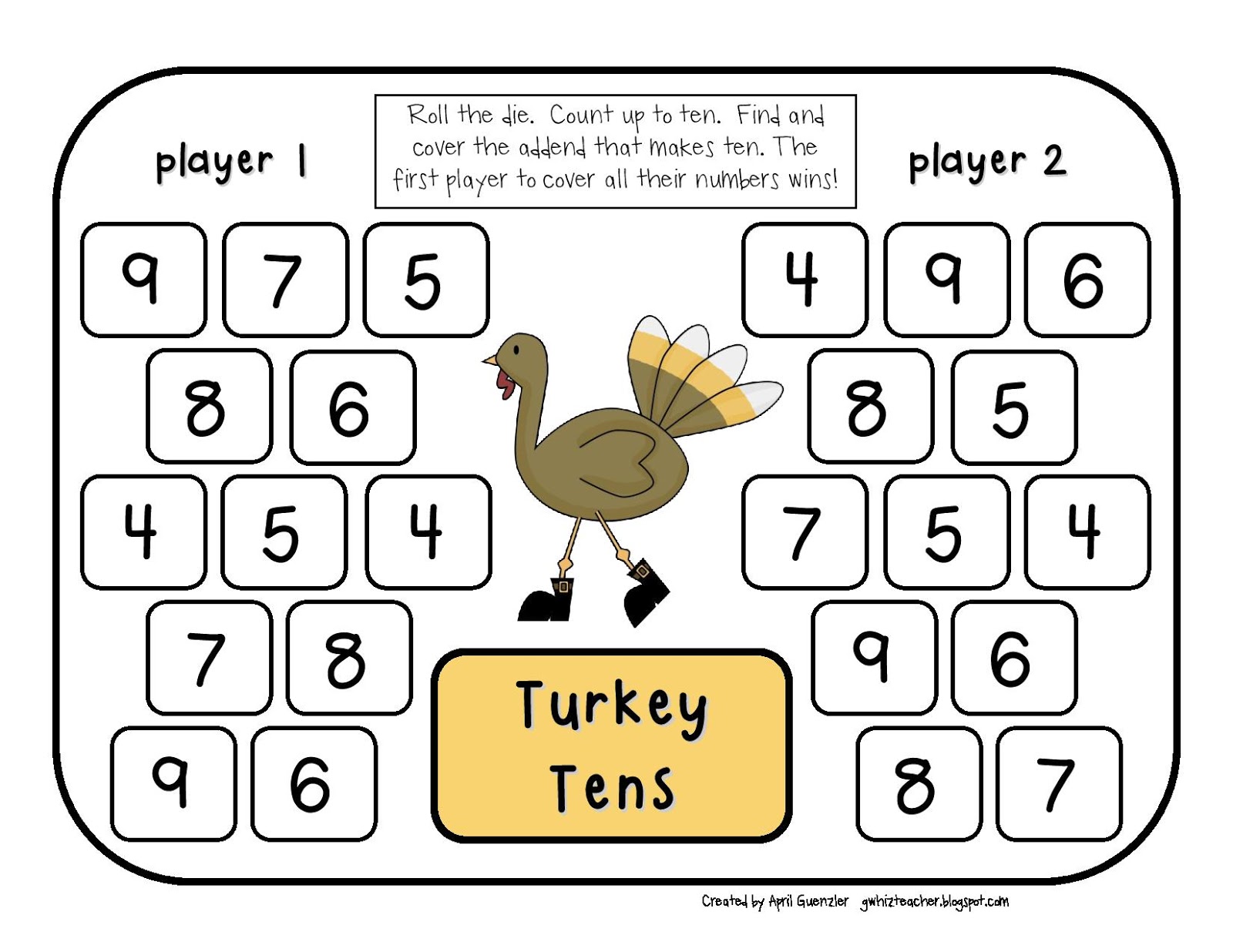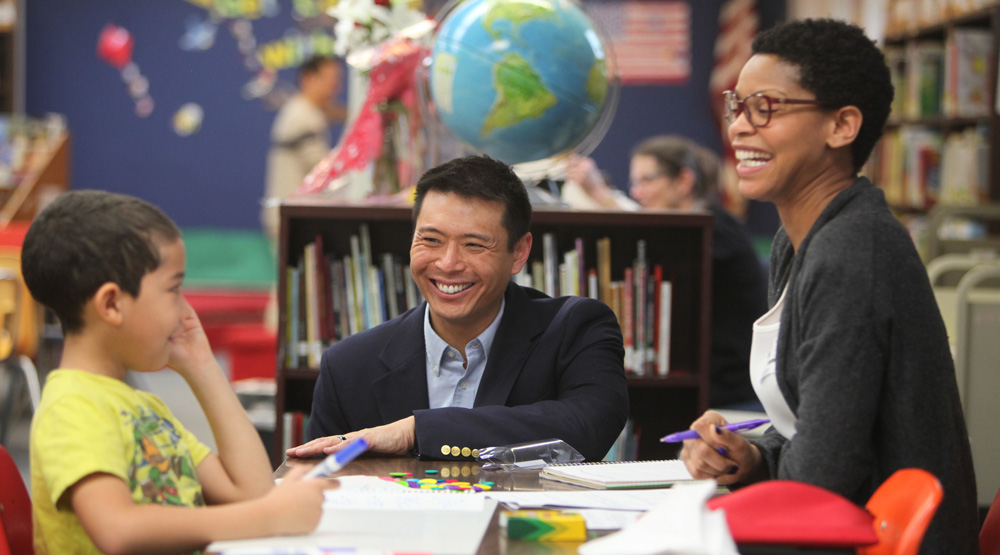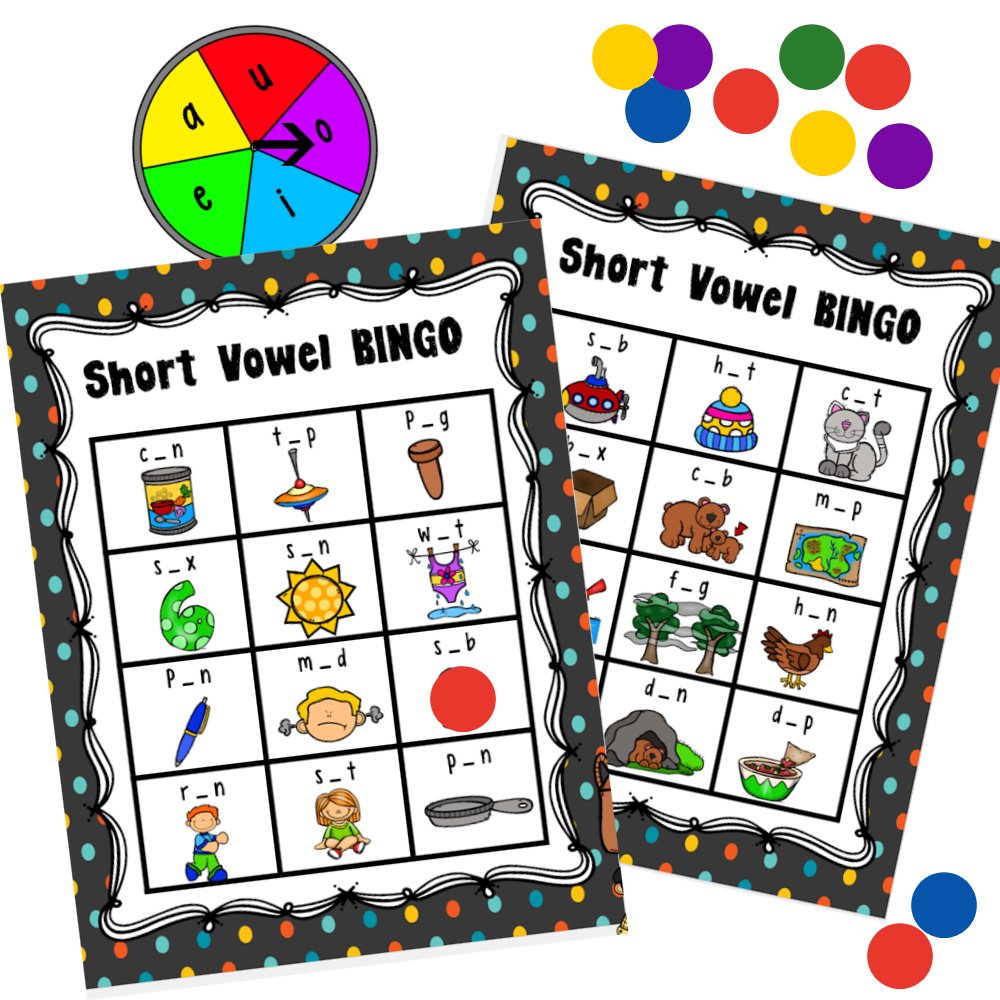
Students can develop a positive outlook on themselves and others through social emotional learning activities. This helps them become better citizens and learners. The positive results of these activities are long-term and can be used as an educational tool for students in a variety of settings. Teachers can implement social emotional education programs in their classrooms, whether it's elementary, middle, and high school.
To start your program, you need to get to know your students. Pay attention to their facial expressions and behavior. Understand their relationships with other students and at home. You can start to recognize small cues (such as their facial expressions) that suggest they need more practice social skills.
First, recognize the emotions that are common in the classroom. For example, confusion, anger, sadness and even anger can all arise in class. Talk to your students about what they think those feelings mean and how they can deal with them. Ask them to create a list with their most common feelings and the words that best describe them.

Next, create an emoji table so that students can quickly recognize their emotions. It's also a good idea to print out a series of cards, which include pictures and words that describe different emotions. Students can use the cards to track their moods by sticking them on their ring.
You can also use role-play scenarios. In one example, let students create a face to represent one of their emotions. Find a friend they can feel connected to. This will help them explore their feelings about a specific color or character.
Twinkl's social- and emotional learning activities are great for anyone with digital resources like a tablet or a computer. There are many social and emotional tools available from Twinkl, all of which can be downloaded as PDF files. These worksheets can be used both as instructional tools and as independent work. Twinkl digital resources are a great way to teach social skills and emotional awareness to your students.
Your students can be encouraged to create their own stories by you as you work with them. This will help students understand empathy and how it benefits the classroom. Your students will benefit from storytelling by learning vocabulary and comprehension.

These activities will help students create an emotional tower to support academic success. They will learn how manage their emotions, make healthier choices, and establish strong relationships. By doing this, you'll improve the culture of your classroom and increase academic productivity.
It is possible to teach empathy to students by including random acts or kindness in your classroom. You can do this by having a daily check in or meeting with students. Students can build friendships in and out of the classroom when they show kindness to one another. Additionally, students will be taught the value of kindness and its positive impact on the community.
FAQ
How much does homeschooling cost?
Homeschooling comes with no fees. Some families charge between $0-$20 per lesson. Other families offer free services.
But homeschooling is not easy. It requires commitment and dedication. Parents must make time for their children.
They also need to have access book, supplies, books, and other learning resources. Many homeschoolers have to make use of community programs and events in order to enhance their curriculum.
Parents must consider the costs associated with transportation, tutors, and extracurricular activities.
Homeschoolers also need to plan for field trips, vacations and special occasions.
What is the difference in a university and college?
A university is an institution that offers higher education. It offers courses in various areas, both undergraduate and postgraduate.
A college is typically smaller and less well-known than a university. While it might offer fewer courses than a university, it often has its own specialist department.
What are the main types of early education?
There are many different ways to describe early childhood education. Here are some of the most commonly used ones:
-
Preschool - Children ages 2 to 5
-
PreKindergarten – Children aged 4-6
-
Head Start/Hestart - Children aged 0-3
-
Day Care/ Daycares: Children 0-5
-
Child Care Centers – Children aged 0-18
-
Family Childcare - Children between 0 and 12 Years Old
-
Home schooling - Children aged KG to 16.
How much time should I devote to college preparation?
The amount of time you dedicate to your studies will affect how much time you spend preparing for college. You should begin college preparation courses if you intend to go to college right away after high school. You don't have to plan if you expect to be away for several years before going to college.
Discuss your plans with your teachers and parents. They may suggest certain courses of study. You should keep track of which courses you took and what grades you got. This will allow you to know exactly what you need for next year.
What is the difference between public and private schools?
All students can attend the public school for no cost. They provide education from kindergarten through high schools. Private schools charge tuition fees. They provide education from preschool to college.
Charter schools can also be found, which are privately owned but are not publicly funded. Charter schools do not follow the traditional curriculum. Instead, charter schools give their students more freedom in learning what interests them.
Charter schools are popular with parents who believe their children should receive quality education regardless of their financial status.
What is the purpose and function of education?
Education should help students develop skills necessary for employment. It is not only a pursuit of academic excellence, but also a social activity, where children can share their knowledge and gain confidence from one another through activities like music, art, and sports. Education is about helping students think critically and creatively to become self-reliant and autonomous. What does it really mean to have high educational standards
Educational standards that promote student success are considered good. They provide a clear set of goals teachers work towards with their pupils. Education standards that are flexible enough to allow schools to adapt to changing needs can be a good thing. Fair and equitable education standards must also be maintained: Every child is equal in terms of chance of success, regardless of his/her background.
Statistics
- They are more likely to graduate high school (25%) and finish college (116%). (habitatbroward.org)
- “Children of homeowners are 116% more likely to graduate from college than children of renters of the same age, race, and income. (habitatbroward.org)
- Among STEM majors, that number is 83.5 percent. (bostonreview.net)
- In most developed countries, a high proportion of the population (up to 50%) now enters higher education at some time in their lives. (en.wikipedia.org)
- And, within ten years of graduation, 44.1 percent of 1993 humanities graduates had written to public officials, compared to 30.1 percent of STEM majors. (bostonreview.net)
External Links
How To
Where can you find a teacher job?
Teachers are available in public elementary schools and private elementary schools.
To become a teaching professional, you will need to complete a bachelor’s degree program at any of the following universities:
-
A four-year college or university
-
A degree program for associates
-
There are some two-year community colleges programs
-
A combination of these three types of programs
To qualify for certification for teaching positions, applicants must meet state requirements. These include passing standardized testing and completing an internship period.
Most states require candidates to pass a test called the Praxis II. This test measures the candidate’s knowledge in reading, writing mathematics, and language arts.
Many states require that candidates obtain a specialized license in order to be certified to teach.
These licenses are issued by the states' boards of education.
Some states grant licenses without the need for additional testing. In such cases, applicants should contact their state's board for education to find out if it is possible.
Some states do not issue licenses unless the applicant has completed a master's degree program.
Others allow students to apply directly for licensure to the state board.
There are many licenses available. They vary in cost, length, and requirements.
For instance, some states only require a high-school diploma, while others require at least a bachelor's degree.
Some states have specific requirements for training, such a literacy or child-development course.
Some states require that candidates receive a master's degree before becoming licensed.
Many states ask teachers who are applying for certification about their employment history.
If you were a member of another profession, it might be a good idea to mention this on your application.
However, most states will accept your prior work experience no matter what type of job you held.
You may wish to list your previous job title, position, and years of service.
Potential employers often find this information useful.
This shows that you have the relevant skills and experience.
You may have gained valuable work experience and new skills while working.
Your resume can show this to future employers.